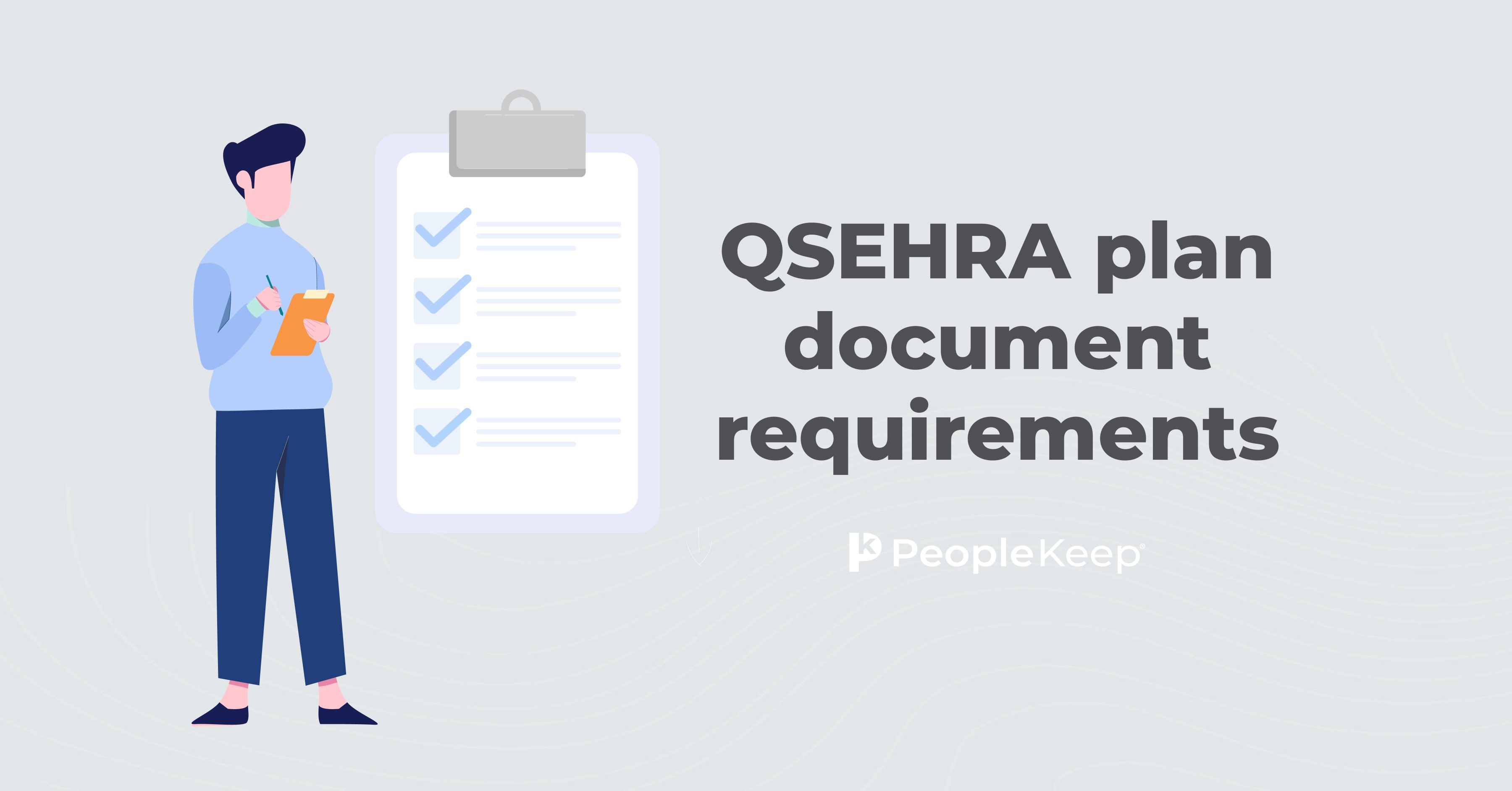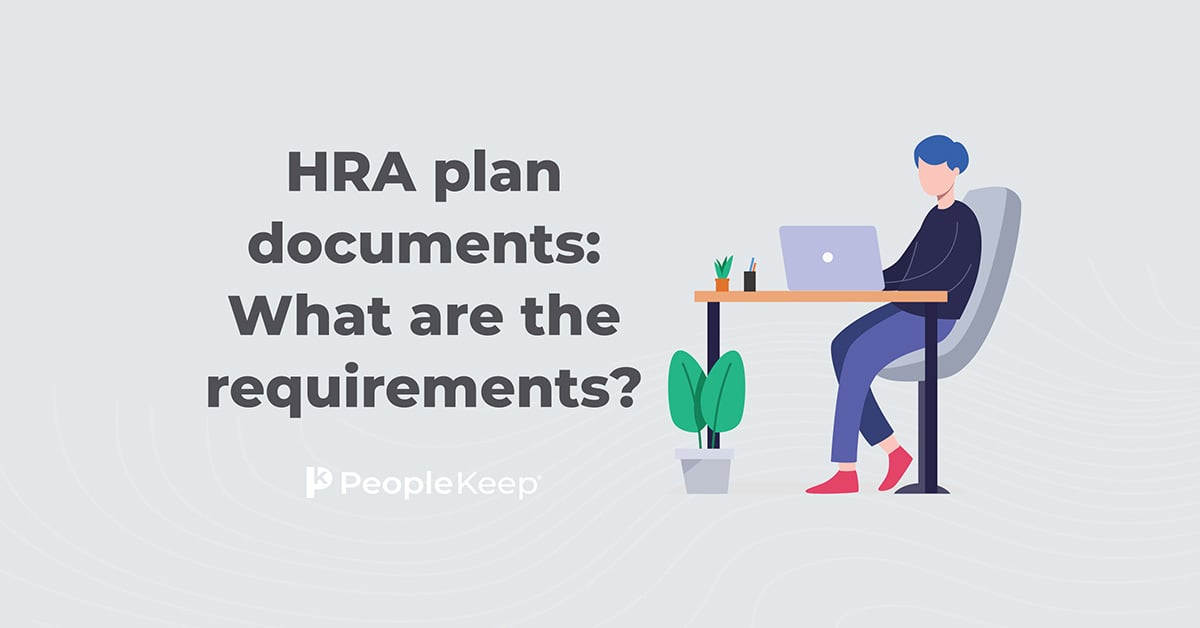Section 105 Plan Document Requirements
By Christina Merhar on January 9, 2014 at 11:30 AM
A Section 105 Plan allows tax-free reimbursement of medical and insurance expenses. The Section 105 Plan Document describes the terms and conditions related to the operation and administration of the Section 105 Plan.
What is a Section 105 Plan?
The most common type of Section 105 plan is a self-funded (or self-insured) health plan, where the employer self-funds (or self-insures) health benefits rather than pay premiums to an insurance company.
However, Section 105 Plans are also frequently found in the form of medical reimbursement plans such as Health Reimbursement Arrangements (HRAs) and Healthcare Reimbursement Plans (HRPs).
A businesses might also implement a Section 105 Plan alongside a conventional employer-sponsored health insurance plan (to reimburse deductible amounts).
When discussing Section 105 Plan Document requirements in this article, we are focusing on Section 105 Plans used as a limited-purpose medical reimbursement plan (i.e. a Healthcare Reimbursement Plan or HRP).
Section 105 Plan Documents must comply with IRS and ERISA rules
Section 105 Plans are subject to ERISA and therefore a legal Plan Document must be provided in writing. A Summary of Benefits is not considered an Plan Document or a Summary Plan Description (SPD). If a Section 105 Plan exists without a written Plan Document then it is out of compliance.
A Section 105 Plan Document should contain the following:
- Name of the Section 105 Plan Document Administrator
- Designation of any Named Fiduciaries other than the Plan Administrator under the claims procedure for deciding benefit appeals
- A description of the benefits provided
- The standard of review for benefit decisions
- Eligibility criteria (e.g., classes of employees, waiting period for new hires, and hours worked per week)
- The effective date of participation (e.g., next day or first of month following satisfaction of the Plan Document eligibility waiting period)
- Amount the Participant must pay towards the cost of coverage (typically $0)
- Plan Sponsor's amendment and termination rights and procedures, and what happens to Plan assets, if any, in the event of Plan termination
- Rules restricting and regulating the use of Protected Health Information (PHI), if Plan Sponsor uses PHI
- Coordination of benefits provisions
- Procedures for allocating and designating administrative duties to a Section 105 TPA or committee
- How the Section 105 plan is funded
- Information regarding COBRA, HIPAA, ACA, and other federal mandates
Can a Business Self-Administer a Section 105 Plan?
The short answer is yes, but most experts do not recommend self-administering a Section 105 Plan without proper IRS/HIPAA/ERISA/ACA Defined Contribution Admin Software. Many employers that self-administer a Section 105 Plan often overlook important compliance obligations that put them at financial risk. Failure to comply with the following requirements is common and can be costly:
- COBRA - A Section 105 plan is subject to COBRA rules
- HIPAA Privacy - A Section 105 plan is governed by HIPAA Privacy rules
- Medicare Reporting - A Section 105 plan is subject to Medicare Secondary Payer (MSP) provisions
- Legal Plan Documents - ERISA requires that Section 105 plans be established and maintained pursuant to a written instrument
- ACA - A Section 105 Plan must be designed and administered to comply with ACA and associated regulations such as PHS 2711 (prohibition on annual limits) and PHS 2713 (preventive care) -- as well as numerous new administrative requirements
Check out more resources
See these related articles

Does COBRA Apply to Section 105 Defined Contribution Health Plans?
Pure Defined Contribution Plans, set up with a Section 105 Plan, are subject to COBRA requirements. COBRA and Section 105 Defined Contribution Plans.

QSEHRA plan document requirements
In this post, we’ll discuss the requirements associated with QSEHRA plan documents and what information those documents should include.

HRA plan documents: What are the requirements?
HRA plan documents are essential for ensuring compliance with regulations. Learn about the requirements and guidelines for effective HRA plan documentation.


